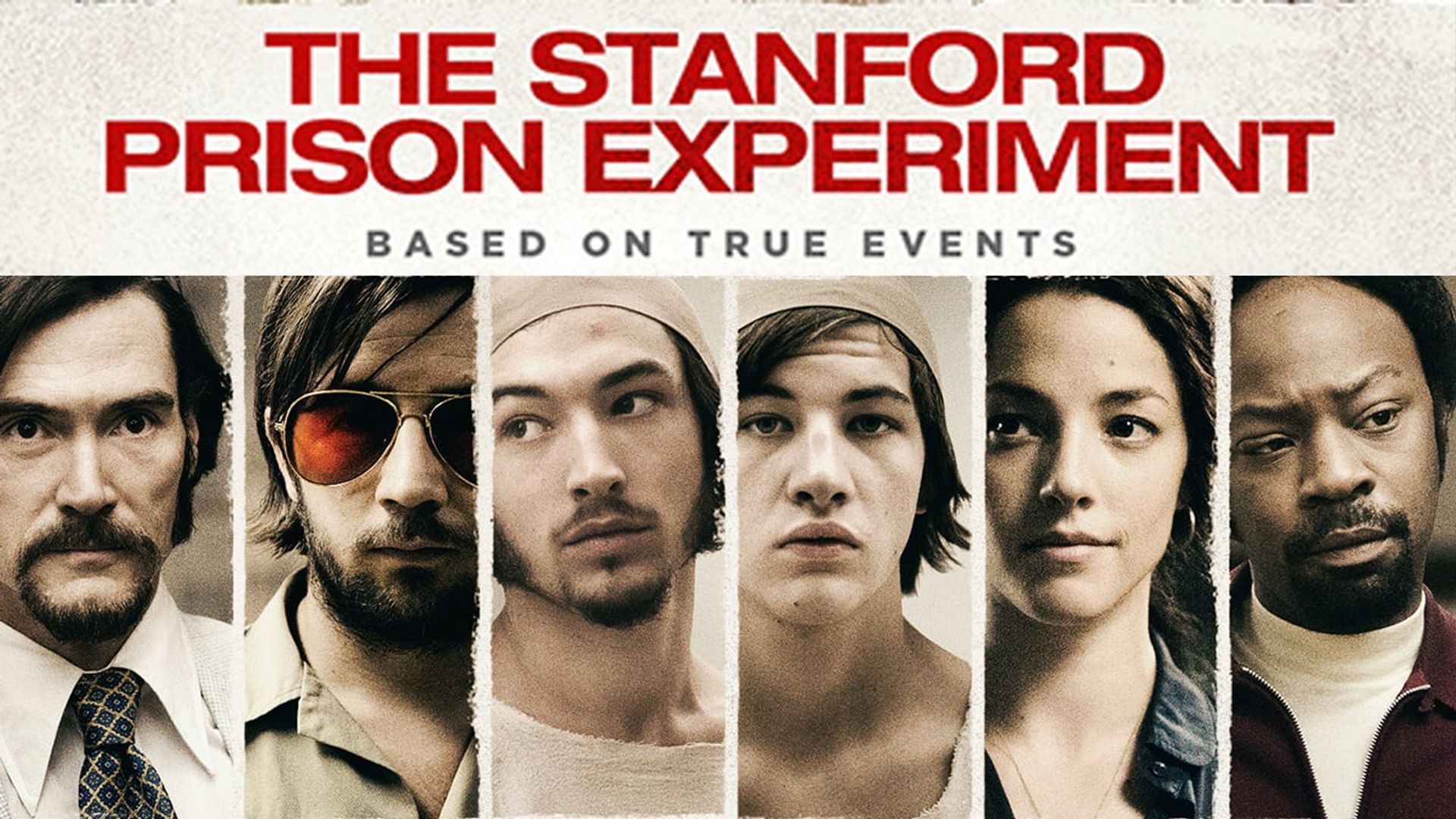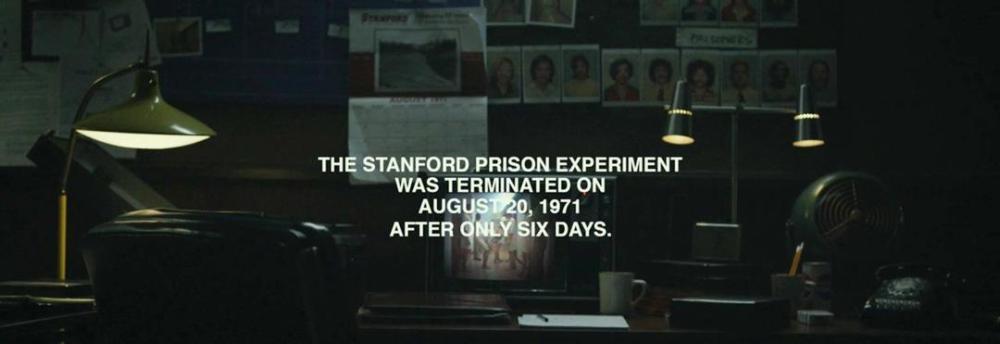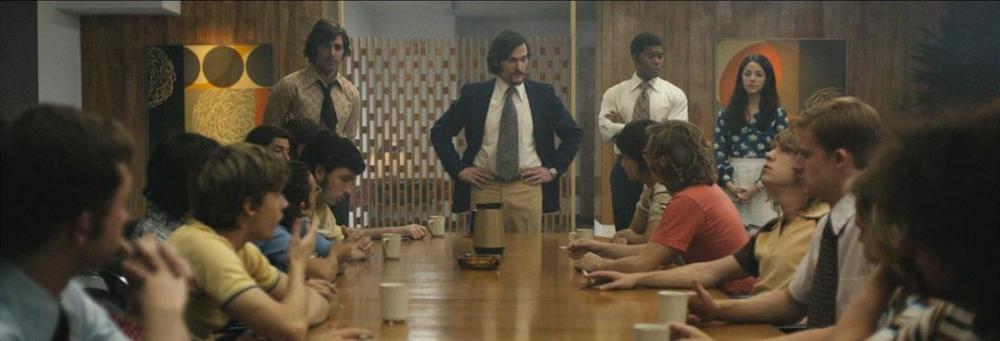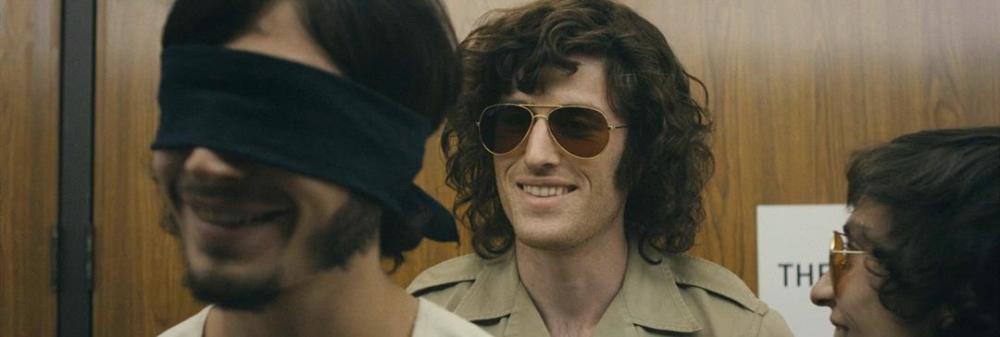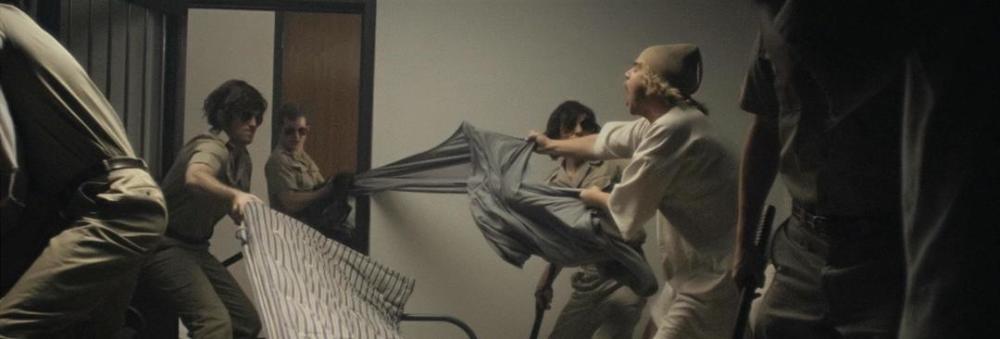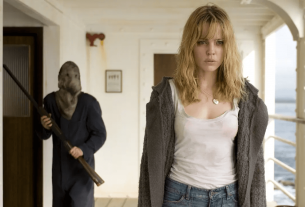Adapted from the most controversial experiment of the 20th century: Turn people into demons for only 6 days and $90.
In the summer of 1971, at Stanford University, a psychology professor named Philip Zimbardo initiated a human nature experiment.
He transformed the basement of the university into a virtual prison, and hired 24 volunteers for a daily salary of $15. 12 of them acted as guards and 12 of them acted as prisoners. The experiment lasted for 14 days.
To everyone’s surprise-the experiment lasted only 6 days, the subjects had already lost control, and eventually had to be stopped urgently.
The reason is that the volunteers were “too deep into the play” and did the fake play during the experiment, awakening the devil who had been sleeping for a long time.
This crazy humanity experiment, also known as (The Stanford Prison Experiment), is one of the most controversial experiments in the 20th century.
Over the past 49 years, “The Stanford Prison Experiment” has become a source of material for many literary film and television works. It has become more and more mysterious and difficult to distinguish between reality and illusion.
Among them, a film and television work with a relatively high degree of restoration is undoubtedly the 2015 film of the same name directed by Kyle Patrick Owanez-(The Stanford Prison Experiment).
Before shooting this movie, director Ovanez had read a lot of information, trying to restore the crazy experiment of the summer of 1971 to the greatest extent without affecting the perception.
This kind of film based on real events is not easy to shoot. It neither has the rigorous documentary nature of a documentary, nor can it be dramatized like a feature film. It belongs to the kind of relatively “flat” topic in the cracks. .
This problem also appeared in this movie. But for those viewers who are not interested in documentaries and written materials, why not understand a history of human “trial and error” by watching movies?
In the film story, the initiator of the experiment, like Professor Philip Zimbardo, divides the volunteers into two roles with different personal attributes-“prison guard” and “prisoner”.
In this way, a group of young people started this crazy humanity experiment in a university basement that was transformed into a “prison”.
They still don’t know – in the next 140 hours, this will become a hierarchical miniature society, ruthlessly measuring the depth and scale of human nature.
Acting, playing with your lips, and without any effort, can earn $15 a day. For this group of low-income young people, it is simply a pie in the sky.
At first, everyone was happy, talking and laughing, thinking about making money easily. But it turns out that they seriously underestimated the unfathomable human nature.
In the initial stage of the experiment, uniforms are like costumes. The two groups of volunteers only found it fun, and did not associate it with matching character attributes.
But after the “prisoners” were strictly inspected, questioned, and confined, the ease and comfort on everyone’s faces disappeared, and they were gradually shrouded in a serious and tense atmosphere.
Under the leadership of the “Warden” Professor, these young people took the seat one after another, entered their own roles, and gradually became proud or ashamed of it.
In the “prison guard” team, there is a long-haired man who is not tall and always wears sunglasses. Let’s call him “Brother Sunglasses” for the time being.
Brother Sunglasses is the first volunteer to enter the role. He enjoys the feeling of suppressing others and prefers to make some overlord clauses. He belongs to the type of person with a strong sense of existence.
Throughout the experiment, he showed himself in a domineering posture, and he was different from the weak image before the grouping, which perfectly explained what “people cannot look like”.
Under the leadership of Brother Sunglasses, volunteers who played the role of “prison guard” also entered the role, and enjoyed the sense of accomplishment brought by control like him, becoming more and more unable to extricate themselves.
Under heavy pressure, the party playing the “prisoner” will naturally feel resistance. But in such a simulated environment, they are just a group of controlled persons without the right to speak.
Brother Sunglasses knew this well, and led his teammates to torture them in a variety of ways. Under the influence of the “Lucifer Effect” (The Lucifer Effect), the “prisoner” camp has the first subservient to enter the role.
This experiment has a clear stipulation that both parties are not allowed to fight, and offenders will be disqualified, and the daily payment of 15 dollars will be wiped out.
It is this provision that provides the Sunglasses with the acquiescence right to use cold violence in a disguised form, which in turn makes the “prisoners” more submissive and submissive.
The experiment was originally planned for 14 days, but before halfway through the process, there was an obvious change in human nature on both sides, which was jaw-dropping. On the sixth day when the situation was about to get out of control, the experiment was urgently stopped.
Under the same subject matter, compared with Oliver and Schurring’s “Death Experiment”, Ovanez’s “The Stanford Prison Experiment” is more realistic and more popular.
Through this most controversial “The Stanford Prison Experiment” of the 20th century, we have seen a vigilant fact-to turn a person into a devil, it only takes a specific environment, 6 days and 90 dollars. Sometimes, human nature just can’t stand the test.
